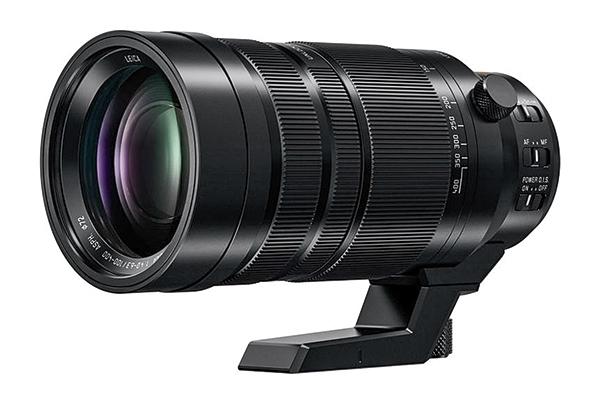Joe Farace
|
Aug 26, 2016
|
Jul 26, 2016
|
Jul 26, 2016
|
Jun 24, 2016
|
May 10, 2016
|
Apr 08, 2016











